Marble floors are a stunning addition to any home, but they require specific care to keep them looking their best. One common question that arises is whether a vacuum cleaner can be safely used on marble surfaces. In this article, I will provide you with essential tips and guidelines for cleaning and maintaining marble floors without causing any damage.
While vacuum cleaners may seem like a convenient choice for cleaning marble, it’s important to know that they can potentially scratch the delicate surface. The wheels of a vacuum cleaner can leave marks and scuff the marble, compromising its beauty. To avoid these issues, it’s recommended to use alternative methods for cleaning marble floors.
Dry mopping is a safe and effective way to clean marble floors. Use a soft, natural bristle mop to gently sweep away dust, dirt, and debris. This method helps prevent scratching or damaging the surface while effectively removing loose particles.
To deep clean your marble floors, a pH-neutral soap and water solution are your best bet. Mix a mild soap with warm water and use a soft mop or cloth to gently clean the surface. It’s crucial not to over-soak the floor, as excessive moisture can lead to staining. Dampen the mop or cloth, wring out any excess water, and clean the floor in a gentle circular motion.
For tougher stains or etch marks on marble floors, spot cleaning is recommended. Create a solution of 12% hydrogen peroxide and ammonia and carefully apply it to the affected area. Gently blot the stain with a soft cloth or mop, being cautious not to scrub too vigorously. This method can help remove stubborn stains, restoring the beauty of the marble.
Key Takeaways:
- Using a vacuum cleaner on marble floors can lead to scratching and damage to the surface.
- Dry mopping with a soft bristle mop is a safer alternative for regular cleaning.
- Clean marble floors with a pH-neutral soap and water solution, using a gentle circular motion.
- Spot clean stains and etch marks with a solution of 12% hydrogen peroxide and ammonia, blotting gently.
- Prevent staining by promptly wiping up spills and using coasters and trivets.
By following these tips and techniques, you can effectively clean and maintain your marble floors without the risk of damage. Remember to avoid using acidic or abrasive cleansers and regularly dust mop to prevent scratches from dirt and debris. With proper care and maintenance, your marble floors will continue to impress for years to come.
Choosing the Right Cleaning Products for Marble
When it comes to cleaning marble, it’s crucial to select the appropriate products to maintain its beauty without causing damage. To ensure the longevity of your marble surfaces, follow these essential tips:
- Opt for pH-neutral soaps specifically designed for marble floors. These gentle cleansers effectively remove dirt and grime without compromising the integrity of the marble.
- Avoid acidic cleaners at all costs. Substances like vinegar or citrus oils can etch and dull the marble surface over time.
- Stay away from abrasive cleaners, powders, and cream cleaners that contain harsh abrasives. These can scratch the marble and leave unsightly marks.
- Instead, choose non-abrasive cleaners that are safe for marble surfaces. Look for products specifically labeled as suitable for marble cleaning.
- Use soft cloths or microfiber towels when wiping down your marble. These materials are gentle and won’t cause any damage.
- If you prefer convenience, there are commercially available stone cleaners that are specially formulated for use on marble surfaces.
Why pH-neutral soaps are essential
Marble is a sensitive material that can be easily damaged if exposed to harsh chemicals. The acid in many conventional cleaning products can react with the calcium carbonate present in marble, leading to etching and discoloration. However, pH-neutral soaps are designed to maintain the balance of the marble’s pH level, ensuring safe and effective cleaning without causing any harm.
“Choosing the right cleaning products is crucial for preserving the beauty of your marble surfaces. By using pH-neutral soaps, you can clean and maintain your marble without compromising its natural elegance.”
Remember, regular cleaning and maintenance with the right products will help keep your marble looking its best. By choosing pH-neutral and non-abrasive cleaners, you can ensure the longevity and beauty of your marble surfaces for years to come.
| Cleaning Product | Benefits |
|---|---|
| pH-neutral Soap | – Maintains marble’s pH level – Gentle on the surface – Effective at removing dirt and grime |
| Acidic Cleaners | – Can etch and dull the marble surface – May cause discoloration – Should be avoided for marble cleaning |
| Abrasive Cleaners | – Can scratch and damage the marble – Leave unsightly marks – Not recommended for marble surfaces |
| Non-abrasive Cleaners | – Safe for use on marble – Gentle and effective – Does not cause scratches or damage |
| Stone Cleaners | – Specifically formulated for marble surfaces – Convenient and easy to use – Ensure safe and effective cleaning |
Preventing and Removing Stains on Marble
Marble is a stunning and luxurious material that adds elegance to any space. However, it is also prone to staining, which can detract from its beauty. To keep your marble looking pristine, it’s essential to take preventative measures and know how to effectively remove stains.
One of the first steps in preventing stains on marble is to act quickly when spills occur. Wipe them up immediately to minimize the chances of the liquid seeping into the porous surface. Additionally, using coasters and trivets under glasses, mugs, and hot items can help protect the marble from potential damage.
For mild stains on marble, a simple solution of warm, soapy water can work wonders. Use a soft cloth or mop to gently blot the area, being careful not to scrub as this can worsen the stain. Alternatively, there are marble-specific stain removers available in the market that are designed to effectively eliminate various types of stains.
In more stubborn cases, a poultice can be used to target specific stains. A poultice is a paste-like mixture made from an absorbent material, such as powdered chalk, combined with a liquid cleaner. Apply the poultice to the stained area, ensuring it is thick enough to cover the entire stain. Allow it to sit for about 24 hours, which helps draw out the stain. Afterward, gently wipe away the poultice and assess if the stain has been lifted. Repeat the process as necessary until the desired results are achieved.
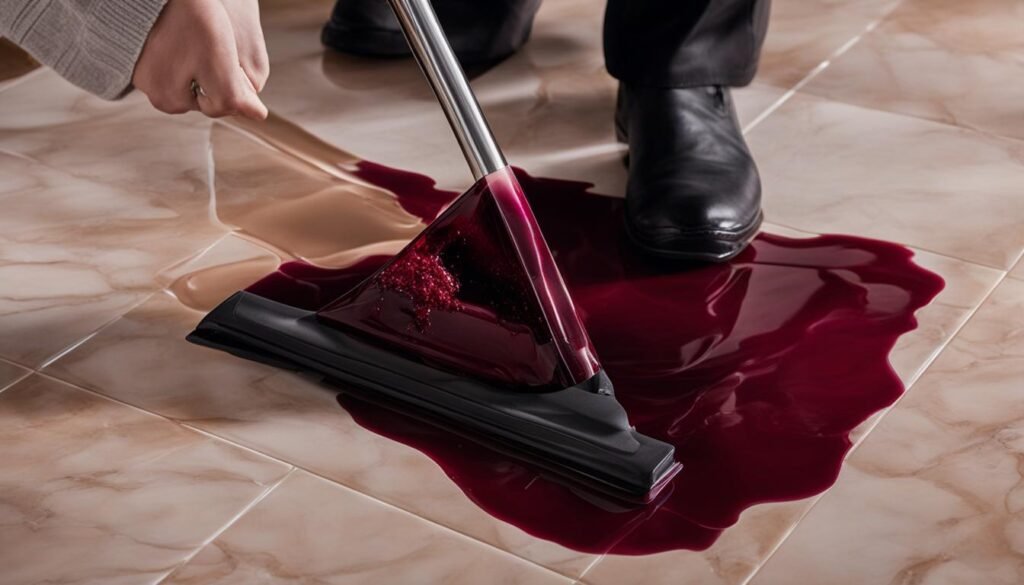
Spot cleaning marble stains requires patience and precision. With the right approach and techniques, you can effectively remove stubborn stains and restore the natural beauty of your marble surfaces.
| Stain Type | Recommended Cleaning Solution |
|---|---|
| Food and beverage stains | A solution of warm, soapy water or a marble-specific cleaner |
| Oil-based stains | A poultice made from powdered chalk and a liquid cleaner |
| Ink or dye stains | A marble-specific stain remover |
| Rust stains | A poultice made from baking soda and water |
By taking preventative measures and utilizing the appropriate cleaning solutions, you can protect your marble surfaces from stains and ensure they remain in pristine condition for years to come.
Conclusion
In conclusion, it is not recommended to use a vacuum cleaner on marble floors, as the wheels can scratch the surface. To maintain the beauty and longevity of your marble floors, it’s important to follow proper cleaning and maintenance techniques.
Instead of using a vacuum cleaner, opt for dry mopping your marble floor regularly with a soft, natural bristle mop. This will help remove dirt and debris without causing any damage. For deeper cleaning, use a pH-neutral soap solution and a mop or cloth to gently clean the floor, ensuring that you don’t over-soak it.
To keep your marble floors stain-free, it’s crucial to avoid using acidic or abrasive cleaners. These can cause etching and scratching. Instead, opt for marble-specific cleaning solutions or a solution of warm, soapy water. Promptly clean up spills to prevent staining, and consider using coasters and trivets to protect the surface from potential damage.
Regular maintenance is also essential for marble floors. Seal the floor every two to three years to protect against staining and maintain its luster. Additionally, dust mop the floor regularly to prevent scratches from dirt and debris.
By following these guidelines and adopting proper marble cleaning and maintenance practices, you can ensure that your marble floors remain clean, stain-free, and beautiful for years to come.
FAQ
Can I use a vacuum cleaner on marble floors?
No, it is not recommended to use a vacuum cleaner on marble floors because the wheels can scratch the delicate surface. Opt for dry mopping with a soft, natural bristle mop instead.
What products should I use to clean marble floors?
Choose pH-neutral soaps that are specifically designed for marble floors. Avoid using acidic cleaners, abrasive cleaners, and products containing vinegar or citrus oils.
How can I prevent and remove stains from marble?
To prevent stains, wipe up spills immediately and use coasters and trivets to protect the marble surface. For mild stains, use a solution of warm, soapy water or a marble-specific cleaning solution. Spot clean persistent stains with a poultice made from an absorbent material mixed with a liquid cleaner.

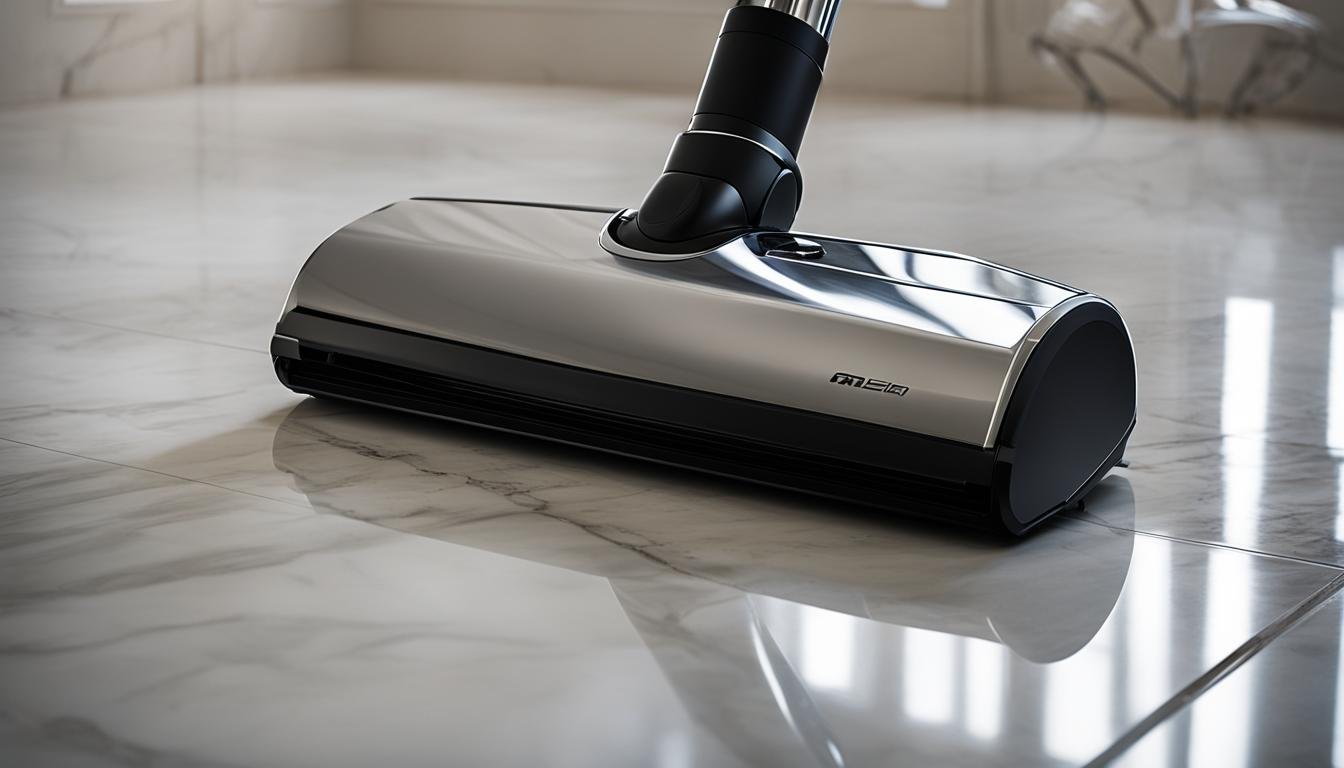
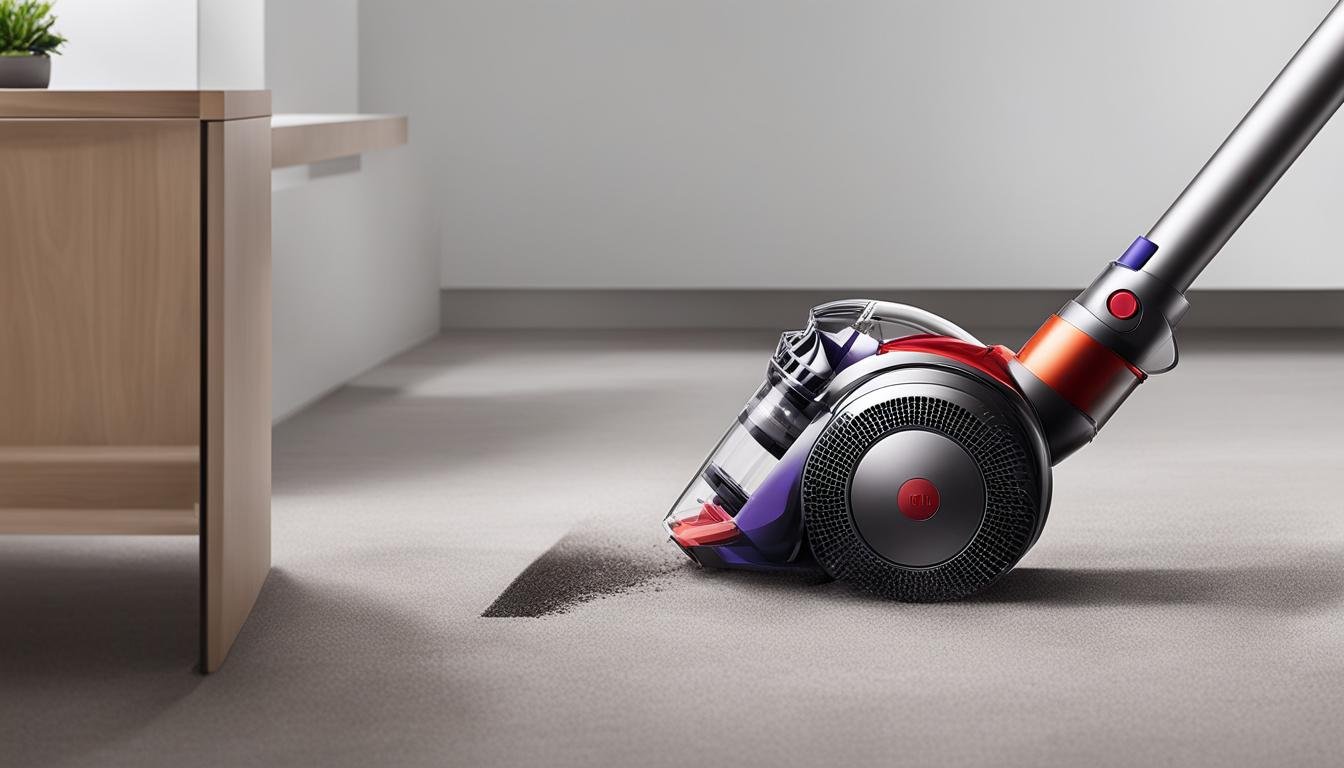
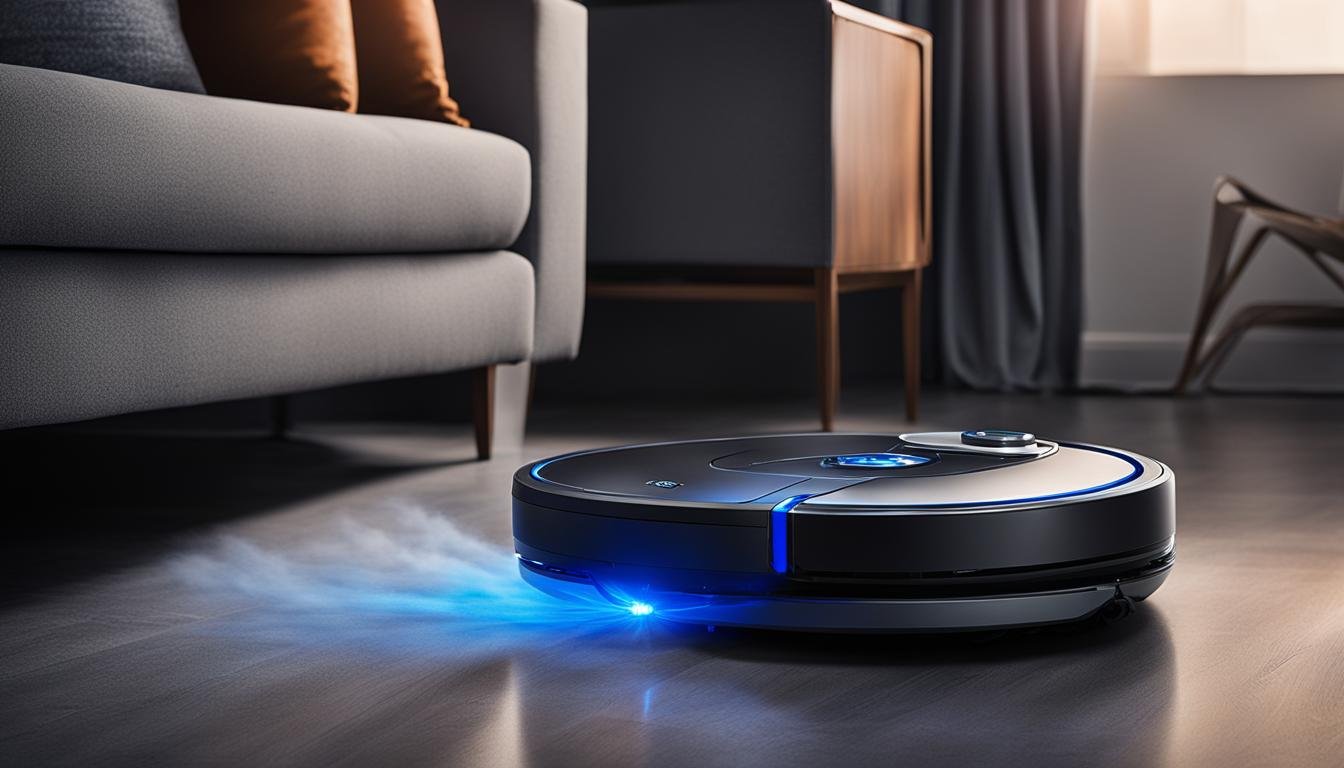
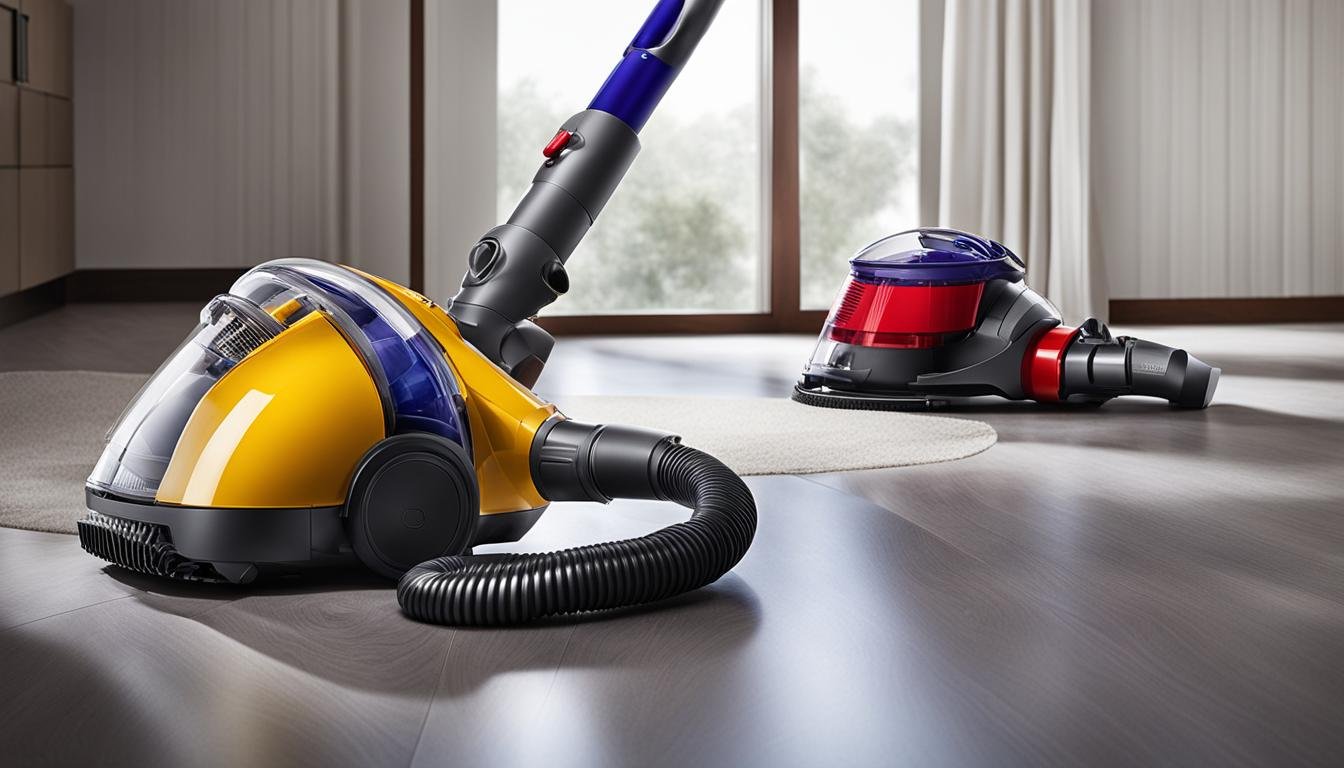

Leave a Reply